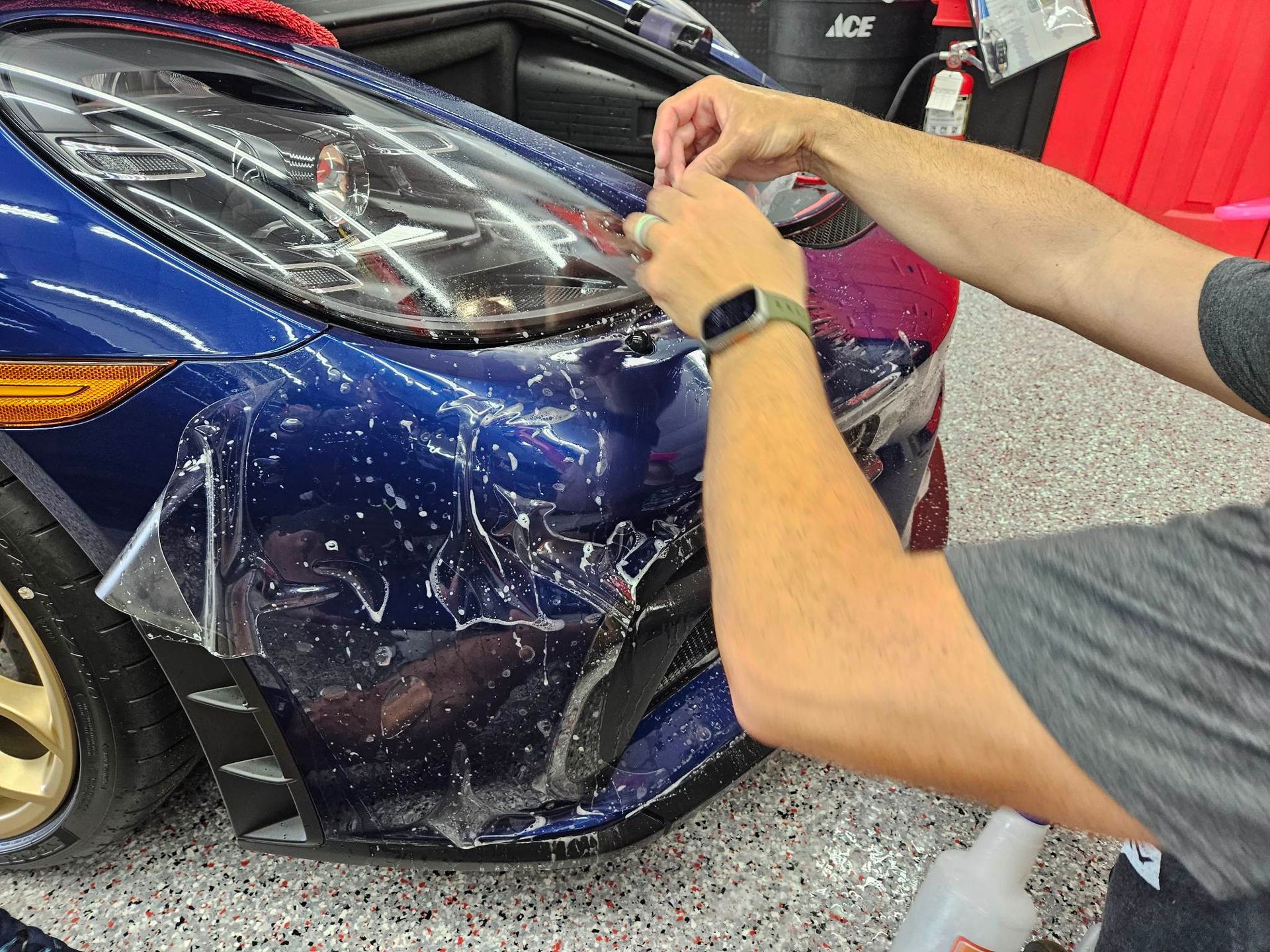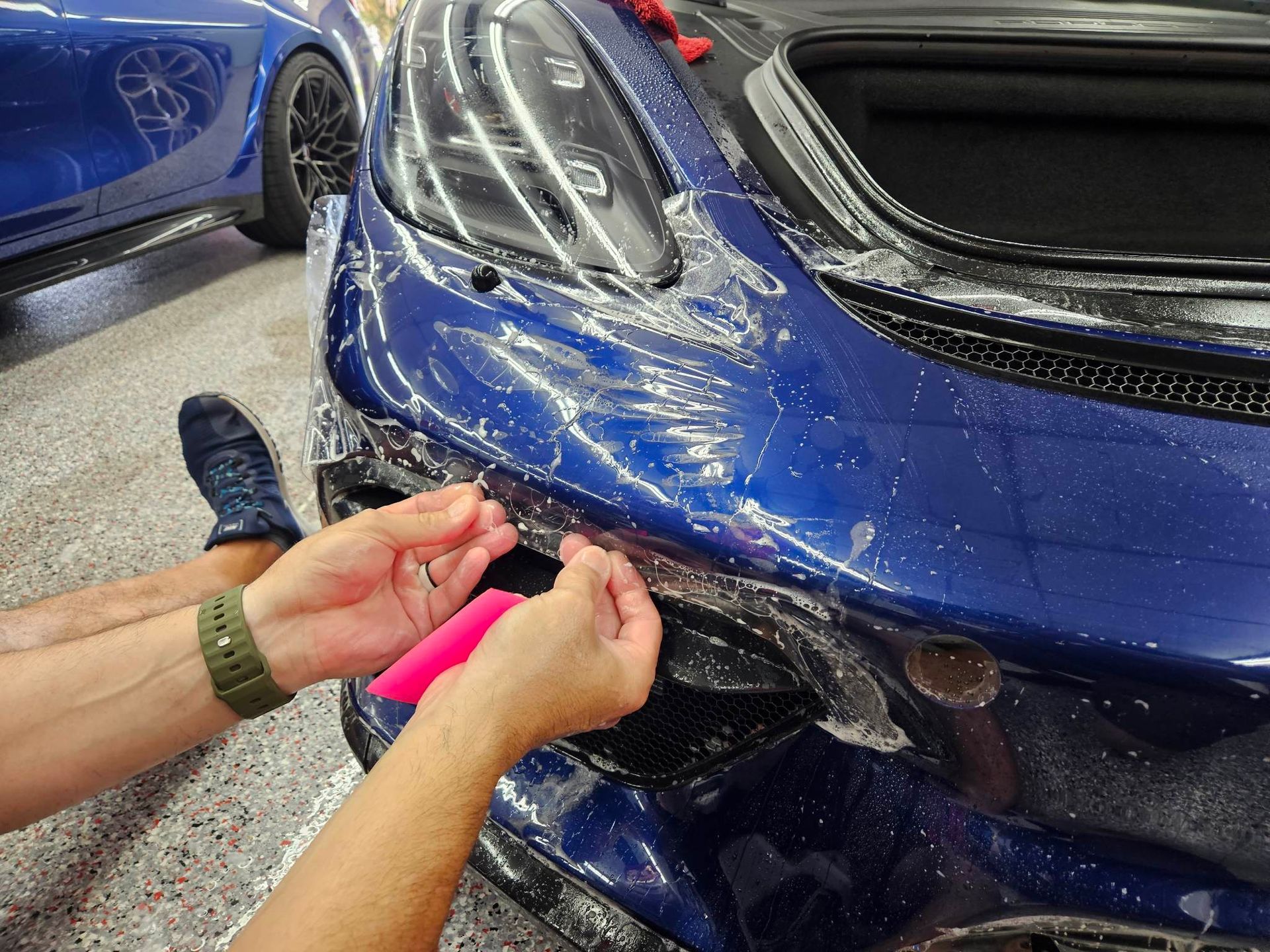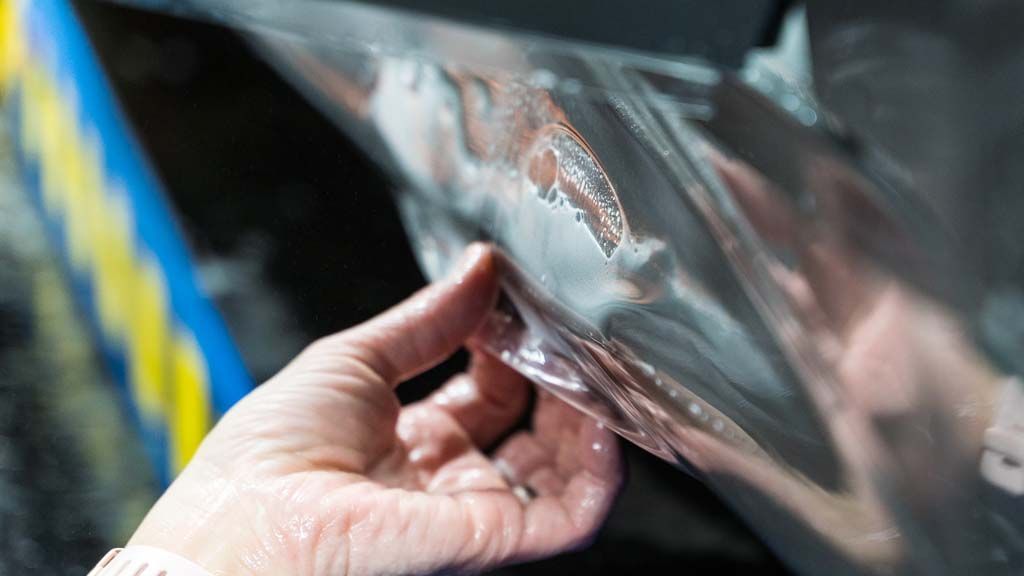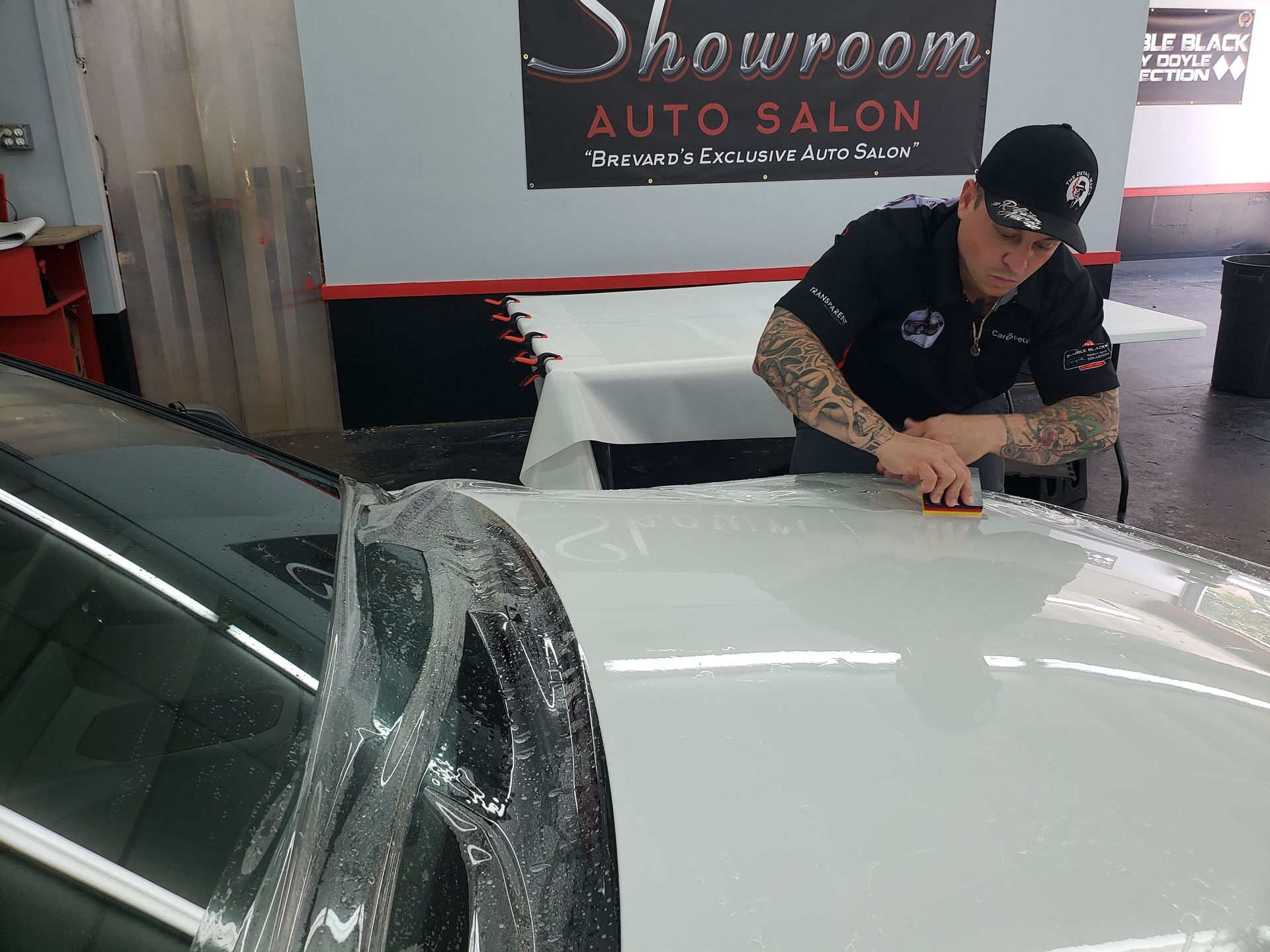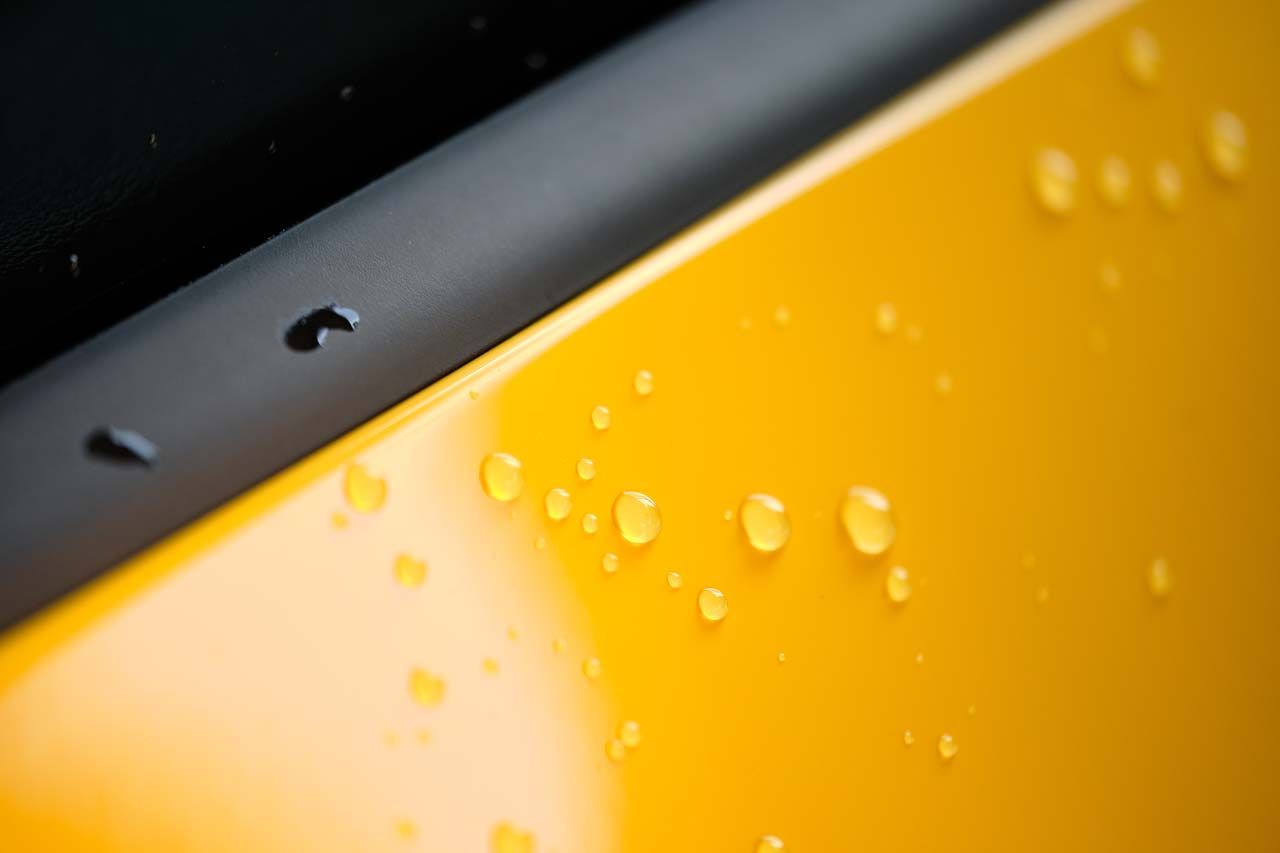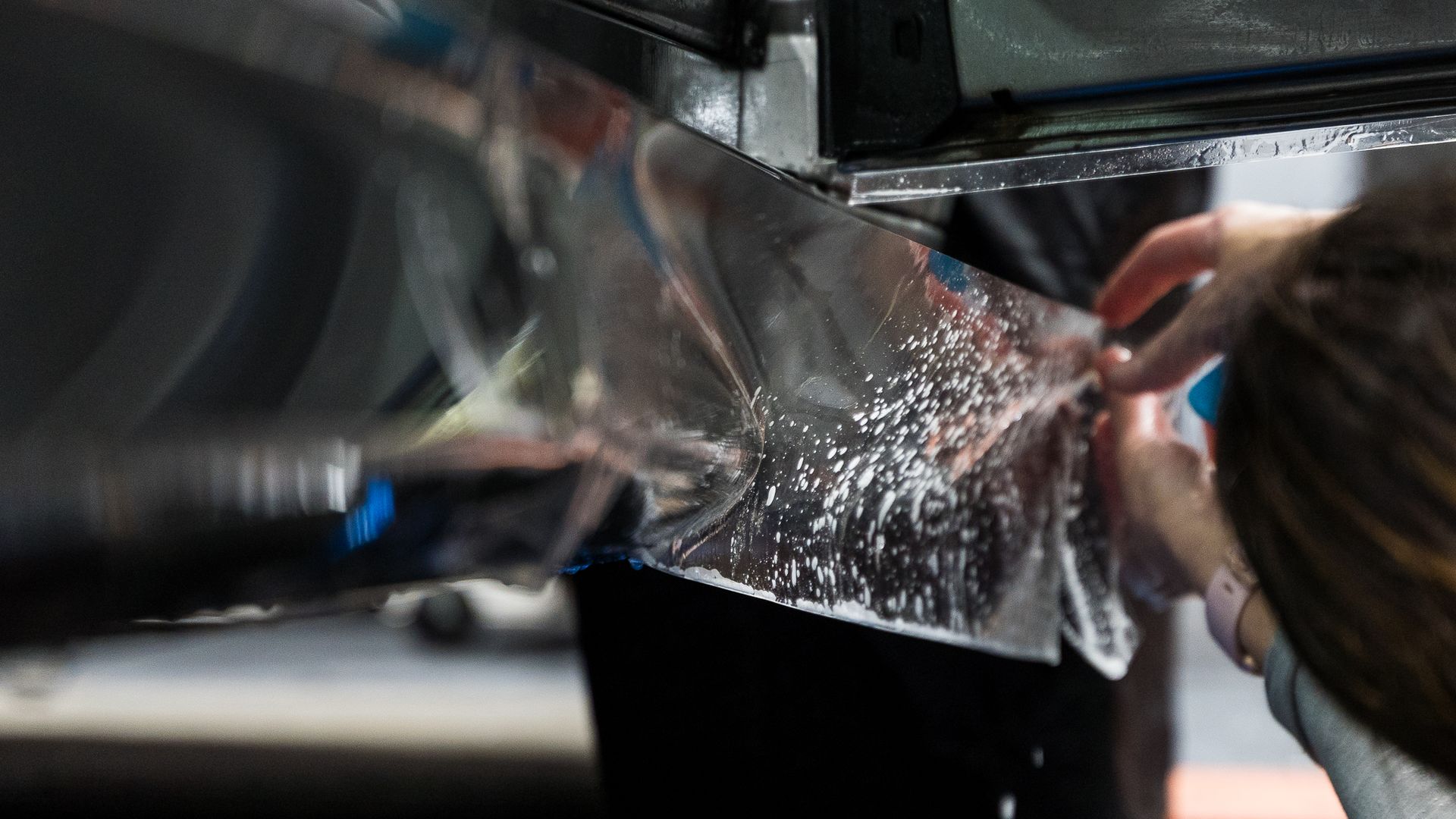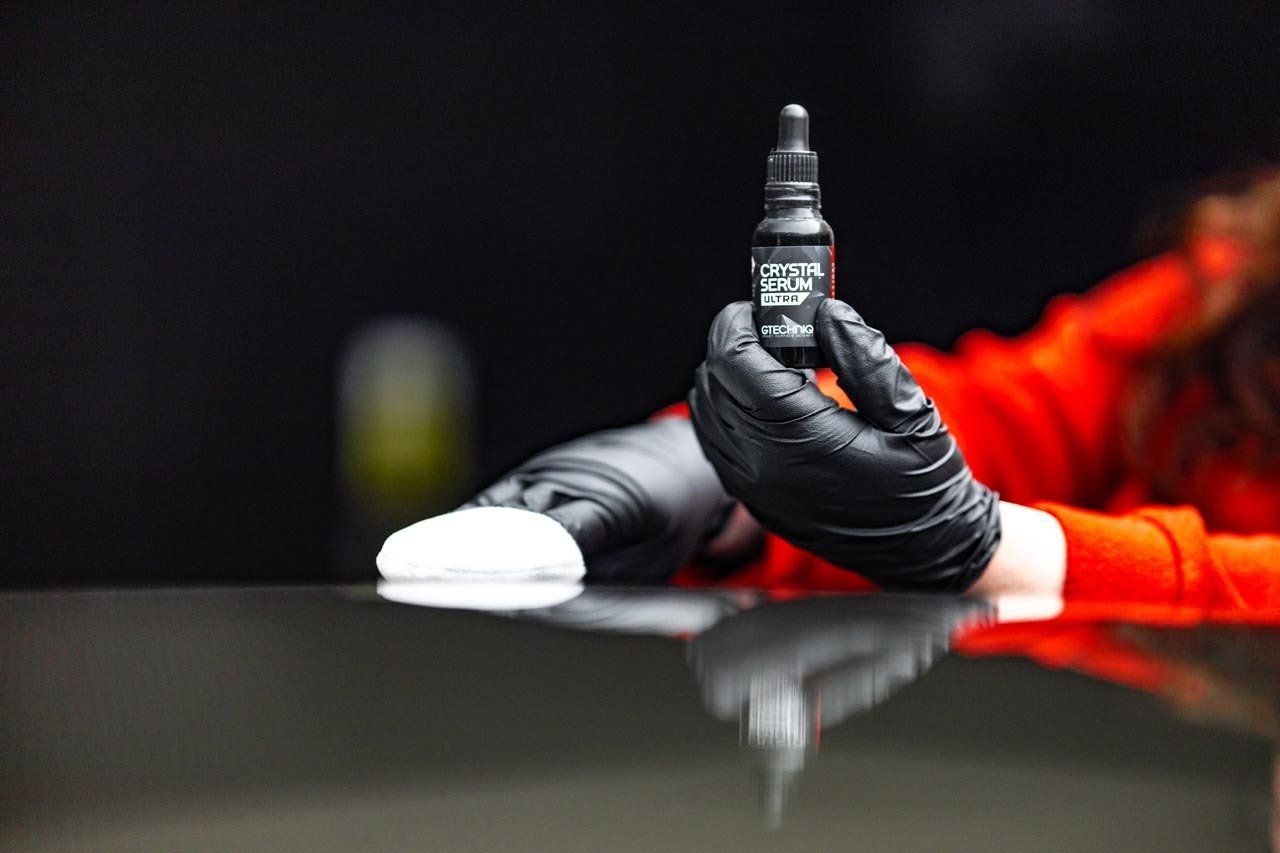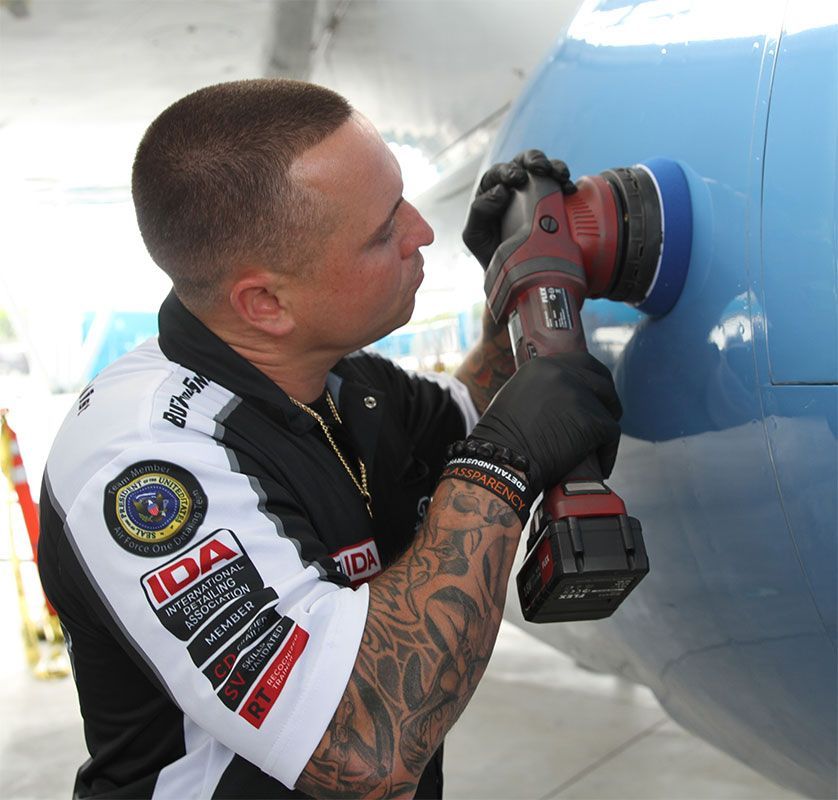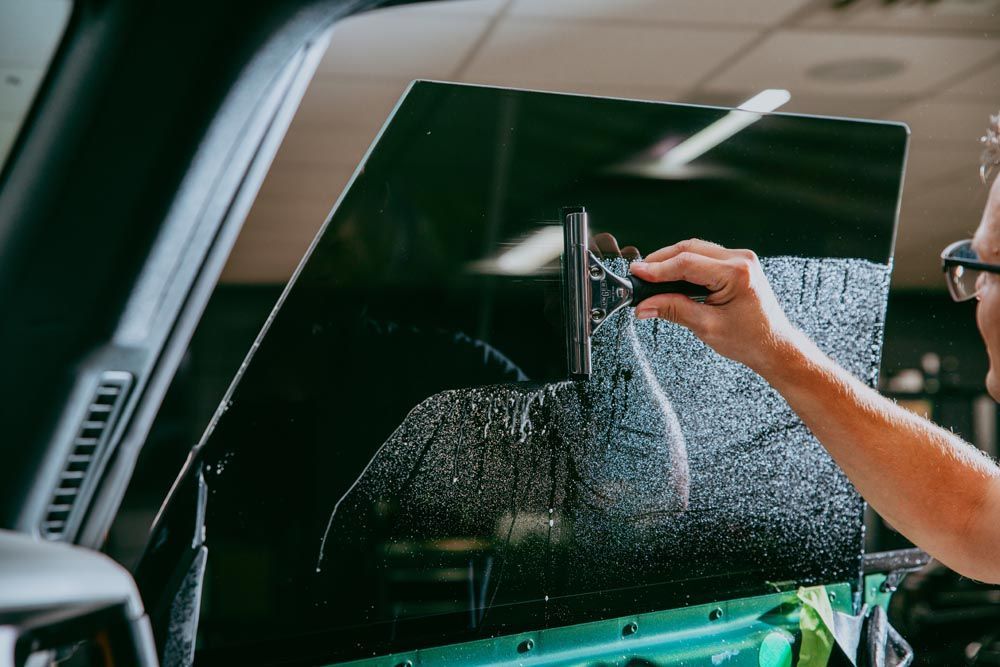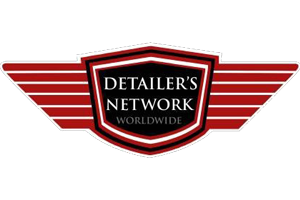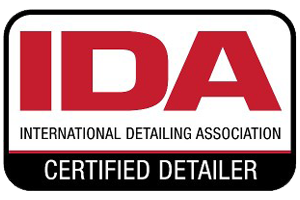CALL (321) 723-6976
515 S. Wickham Rd, Melbourne FL
Certified Training Facility
Professional vs. DIY PPF Installation: Comparing Pros and Cons, Benefits, and Cost
Professional PPF installations offer solid expertise, specialized tools, and quality materials for flawless application. This comes with warranties that assure customers of the work's durability and excellence, which a safety net DIY technique may lack. However, the calm fulfillment of mastering a new skill and potentially saving on cost makes DIY PPF installation an enticing venture for many. Surprisingly, both options have their own allure, depending on individual preferences and circumstances. An insightful walkthrough of both alternatives awaits.
When it comes to PPF installation, opting for professional installation offers access to high-quality products, expert application techniques, and better warranties. While DIY installation may seem cost-effective, the risk of mistakes and challenges in achieving professional-grade results make professional installation a more prudent choice for long-lasting protection for your vehicle.
Professional PPF Installations: An Overview
When it comes to protecting your vehicle with paint protection film (PPF), opting for a professional installation can make all the difference. Professional installers typically have access to top-notch materials created especially for PPF applications, extensive training, and expertise. This means they are knowledgeable about which products are best suited for different types of vehicles and conditions.
Furthermore, professional installers have the advantage of using cutting-edge tools and equipment to ensure a flawless application. These tools, along with their experience, enable them to handle the intricate curves and contours of a vehicle with precision, leaving the paint properly protected. They also have access to specialized materials and techniques that may not be available to DIY enthusiasts.
In addition, professional PPF installers often offer comprehensive services, such as auto detailing, that go beyond just applying the film. This can be a valuable add-on for anyone looking to enhance the appearance and protection of their vehicle in one go. By combining PPF installation with detailing services, customers can ensure their vehicle receives comprehensive care in a single visit.
Moreover, one of the key advantages of choosing professional PPF installation is the warranty that comes with it. Reputable installers typically stand by their work, offering warranties that provide peace of mind to customers. These warranties often cover any issues with the installation, such as bubbling or peeling over time. This level of assurance underscores the confidence that professional installers have in the quality of their work.
For instance, JL’s Showroom Auto Salon offers professional PPF installation services with high-quality films for optimal coverage and long-lasting results. The combination of expertise, top-quality materials, and additional services sets professional installations apart from DIY attempts.
Moving on from professional PPF installations, let's now explore the specific pros and cons of taking on the challenge of DIY PPF installation.
Pros and Cons of DIY PPF Installation
The allure of installing paint protection film (PPF) yourself may be strong. Many car enthusiasts revel in the prospect of getting hands-on with their vehicles and saving money through a DIY approach. However, as with any endeavor, there are various factors to contemplate before taking the plunge.
Pros and Cons of DIY PPF Installation
Pros of DIY PPF Installation
- Cost Savings: Opting for self-installation can lead to significant cost savings compared to professional services, offering a financial advantage that allows you to allocate funds elsewhere in your car-related pursuits.
- Hands-On Experience: Involvement in the installation process fosters a deeper connection with your vehicle, providing a sense of fulfillment and pride upon completion.
- Learning Opportunities: Undertaking a DIY installation presents valuable learning opportunities, equipping you with insights into care requirements and maintenance best practices.
Cons of DIY PPF Installation
- Risk of Mistakes: Inexperienced installers may encounter challenges that can compromise the effectiveness and aesthetics of the PPF application, such as misaligned film or air bubbles.
- Requirement for Tools and Space: Successful DIY installation necessitates access to specific tools and an appropriate workspace, which can pose potential challenges for individuals without these resources.
- Challenges in Achieving Professional Quality: It can be difficult to match the level of quality that professionals deliver because it takes exceptional skill and a lot of practice to achieve superior finishes.
These points underscore the distinct advantages and challenges associated with both professional and DIY PPF installations.
Essential Components of DIY PPF Kits
One of the key reasons why DIY PPF installation is increasingly popular is the availability of comprehensive PPF kits that make the process less daunting. Typically, a good DIY PPF kit contains everything necessary for a successful application, from pre-cut PPF pieces tailored for different car models to application accessories that help streamline the installation process.
A standout feature of these kits is the pre-cut PPF pieces. These are specifically designed to fit different car models, taking away the hassle of having to measure and cut the film yourself. The precision-cut pieces save time and effort, ensuring a more accurate fit and finish on the vehicle's surfaces. This means you don't have to worry about trimming and shaping the film to fit your car's dimensions.
For example, when applying PPF to the front bumper of a specific car model, having a pre-cut piece eliminates the need for guesswork or extensive customization since it's already shaped to match the bumper's contours perfectly. This level of precision simplifies the installation process and reduces the chances of errors or rework.
Furthermore, an essential component found in DIY PPF kits is the squeegee. This tool plays a crucial role in smoothing out the film during application, ensuring that it adheres properly to the surface without wrinkles or air bubbles. It helps achieve a professional-grade finish by eliminating imperfections that could compromise both the appearance and functionality of the PPF.
Many DIY PPF kits also include an application solution that assists in proper positioning and adhesion of the film. This solution allows for repositioning during installation and ensures that any trapped air or solution under the film can be easily removed for a seamless application.
Analogous to using soap when applying decals or sticker applications, this solution acts as a lubricant, which gives you a bit of wiggle room before final placement. It creates a situation where you can maneuver your pre-cut piece into position, knowing you can realign if needed without damaging your paint.
Additionally, cutting tools are often provided in these kits for trimming the film to fit the vehicle's dimensions precisely. This ensures that any excess film can be removed efficiently, resulting in clean edges and a polished appearance once installed.
These essential components empower enthusiasts to take control of their PPF installation process while benefiting from quality materials and accessories tailor-made for effective application.
As we continue our exploration into the world of paint protection films, let's now turn our attention to comparing the quality and appearance implications of professional vs. DIY installations.
Comparing Quality and Appearance: Professional vs. DIY
When it comes to the appearance and overall quality of paint protection film (PPF) installation, both professional and DIY methods have their differences. Professional installation typically offers a higher level of precision and a flawless finish due to the expertise of the installers and the use of high-quality materials specifically designed for PPF applications.
Professional Precision:
Professional installers are trained in the intricate art of applying PPF, resulting in a consistent and uniform finish. They have the experience and skill set to navigate complex shapes and curves, ensuring seamless coverage without visible edges or imperfections. This precision is especially crucial when dealing with high-end or luxury vehicles, where any blemish can be noticeable.
On the other hand, DIY installations rely heavily on individual skill and experience. While some enthusiasts may achieve impressive results, it can be challenging to consistently match the professional level, particularly when it comes to intricate areas and achieving seamless edges. Without the expertise of trained professionals, there is a higher risk of visible imperfections and inconsistencies in coverage.
Material Quality:
In terms of material quality, professional installers typically have access to high-grade films that are specially formulated for optimal coverage and long-lasting durability. These films are engineered to withstand various environmental elements while maintaining clarity and protection. The benefits of using professional-grade films become apparent in their ability to provide a flawless finish and enhanced protection for an extended period.
By contrast, DIY PPF kits may vary in quality, and not all products available on the market offer the same level of durability or clarity as those used by professional installers. While some enthusiasts may find satisfactory results with certain DIY kits, there is often a trade-off between cost and performance, with lower-priced kits potentially sacrificing long-term effectiveness and appearance.
Visual Appeal:
Another significant aspect to consider is the visual appeal of the installed PPF. Professionally installed films often exhibit a polished, uniform finish that seamlessly integrates with the vehicle's aesthetics, maintaining its original appearance. The expertise of professional installers translates into a clean, unobtrusive application that enhances the car's visual appeal while providing unparalleled protection.
Conversely, DIY installations might not consistently achieve the same level of seamless integration with the vehicle's contours. Inexperienced individuals may encounter challenges in achieving a uniform appearance, especially around complex curves and edges. This could result in visible seams or imperfections that detract from the overall aesthetic appeal of the vehicle.
As we can see, while both professional and DIY PPF installations have their merits, professionals tend to deliver a higher level of precision, material quality, and visual appeal due to their expertise, access to specialized materials, and experience in achieving flawless finishes.
Now, let's shift our focus to analyzing how cost factors into this decision-making process—delving into both professional installation charges as well as expenses associated with DIY kits.
Cost Considerations: Getting the Best Value
When choosing between professional and DIY paint protection film (PPF) installation, upfront costs are often a significant factor for many vehicle owners. Professional installation typically involves higher costs due to expertise, experience, and access to high-quality materials. On the other hand, DIY installations present an opportunity for cost savings, but it's important to consider the potential trade-offs in terms of outcomes and long-term performance.
Let's examine the cost factors in more detail. Professional installation of PPF often includes a comprehensive service package that encompasses expertise, top-notch materials, precise customization options, and potential warranties for added peace of mind. The higher cost is directly related to these benefits as well as the skilled labor required for a seamless and long-lasting installation.
Additionally, professional installers have access to industry-leading PPF materials that offer superior protection against various environmental factors, such as UV damage, road debris, and minor abrasions. These high-quality materials contribute to the durability of the PPF, potentially reducing the need for frequent replacements or repairs in the future.
Consider this scenario: opting for professional installation is akin to choosing an experienced craftsman to create a custom piece of furniture using high-grade wood and premium finishes. The exceptional quality and craftsmanship not only enhance the aesthetic appeal but also ensure the longevity of the furniture. In contrast, a DIY approach could yield satisfactory results but may lack the same level of precision and endurance.
On the other hand, DIY installation kits are generally more budget-friendly compared to professional services. However, it's crucial to carefully assess whether potential cost savings align with your expectations regarding the appearance and performance of the applied PPF.
DIY installations necessitate meticulous attention to detail and precise application techniques to avoid issues such as wrinkles, bubbles, or misalignment of the film. Achieving a flawless finish comparable to professional standards requires substantial practice, time investment, and a willingness to accept potential imperfections during the learning process.
In essence, when weighing cost considerations for PPF installation, it's essential to evaluate not just the initial expenses associated with each option but also the potential long-term benefits in terms of durability, visual appeal, and overall value. By understanding the trade-offs between costs and outcomes, you can make an informed decision that aligns with your priorities and ensures optimal protection for your vehicle.
Now that we've explored the key considerations for PPF installation methods, let's shift our focus to mastering essential skills for addressing complex vehicle damage.
Tackling Complex Damage: Skills you need
When it comes to handling and installing paint protection film (PPF) on your vehicle, it's not just about slapping on a layer of film. It requires precision, patience, and finesse. Professional installers have mastered the specific skills necessary to navigate the complexities associated with applying PPF.
One of the essential skills for tackling complex damage during PPF installation is precise cutting. PPF often needs to be trimmed to fit specific areas of a vehicle, such as curves, edges, and intricate parts. This requires steady hands and a keen eye for detail to ensure that the film aligns flawlessly with the vehicle’s surface.
Imagine this - you're cutting wrapping paper during the holidays. The edges need to be straight, the corners need to be sharp, and the measurements need to be exact. It’s the same concept when cutting PPF, but with higher stakes. A wrong cut can lead to misalignment or unnecessary material waste.
Moreover, meticulous application techniques are crucial for successful PPF installation. This isn’t a task for sloppy work or hurried application. The installer must apply just the right amount of pressure to avoid bubbling or creasing in the film.
It's comparable to carefully applying a screen protector on your phone—each air bubble that appears underneath is unsightly, distracting, and diminishes the overall protective capacity of the shield.
Understanding the unique challenges presented by different vehicle surfaces is another vital skill that professional installers possess. Vehicles come in all shapes and sizes, with various contours and materials. Each one presents its own set of challenges when it comes to applying PPF effectively.
- Precise Cutting: Essential for trimming PPF to fit specific areas
- Meticulous Application: Crucial for avoiding bubbling or creasing in the film
- Understanding Surface: Vital for addressing unique challenges posed by different vehicle surfaces
On top of all this, think about this—professional installers undergo rigorous training and practice these skills regularly. They are well-versed in handling a wide range of challenging scenarios that arise during PPF installations.
Equipped with these specialized skills and expertise, professional PPF installers can ensure that the film adheres seamlessly and provides optimal protection against potential damage.
In conclusion, when it comes to PPF installation, the mastery of specific skills is crucial for achieving seamless protection for your vehicle. Professional installers bring a wealth of experience and training to ensure an impeccable application that safeguards your vehicle effectively.
Leading PPF Installers in Melbourne, FL
Experience unparalleled protection for your vehicle's paint at JL’s Showroom Auto Salon, the foremost destination for premier PPF installation services in Melbourne, FL. Our dedicated team of experts specializes in applying top-of-the-line paint protection film, utilizing advanced techniques and high-quality materials to ensure maximum safeguarding against chips, scratches, and environmental damage. Bid farewell to worries about road debris and harsh weather conditions, and welcome long-lasting protection that preserves your car's pristine appearance. Drive with confidence knowing that your investment is shielded from harm while maintaining its showroom shine. Trust JL’s Showroom Auto Salon to deliver unmatched expertise and results—schedule your PPF installation appointment today and experience the difference firsthand!
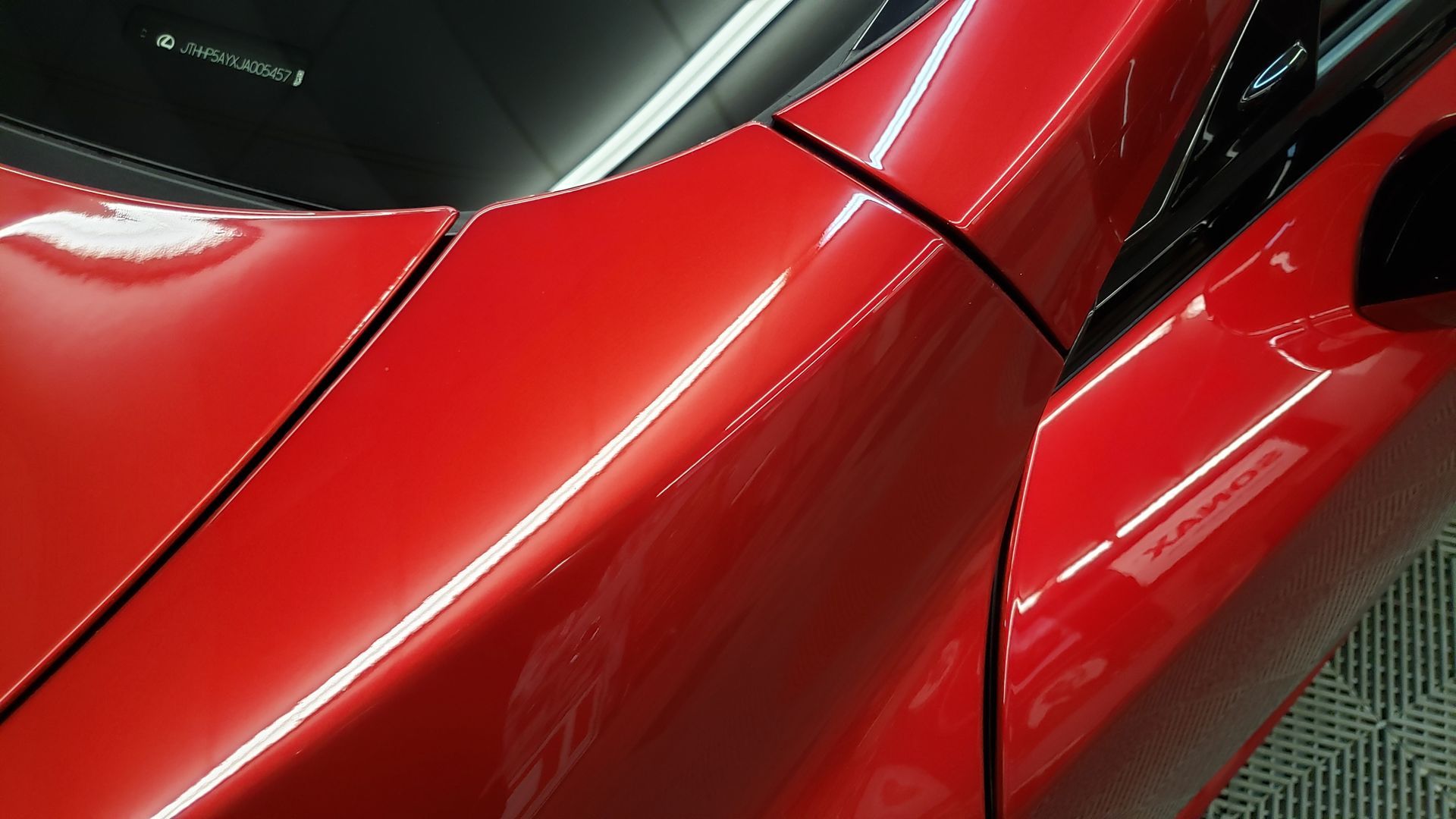
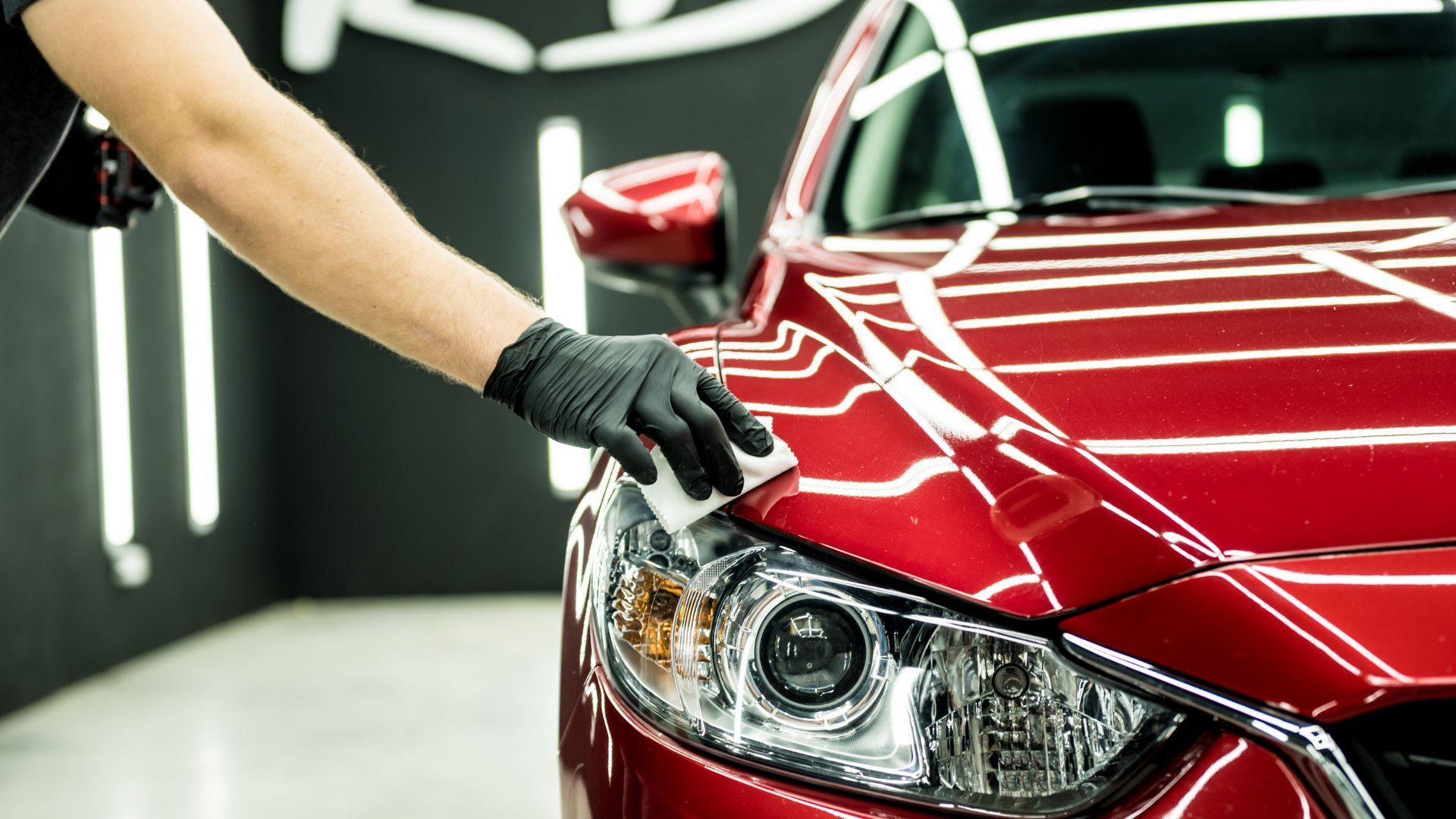
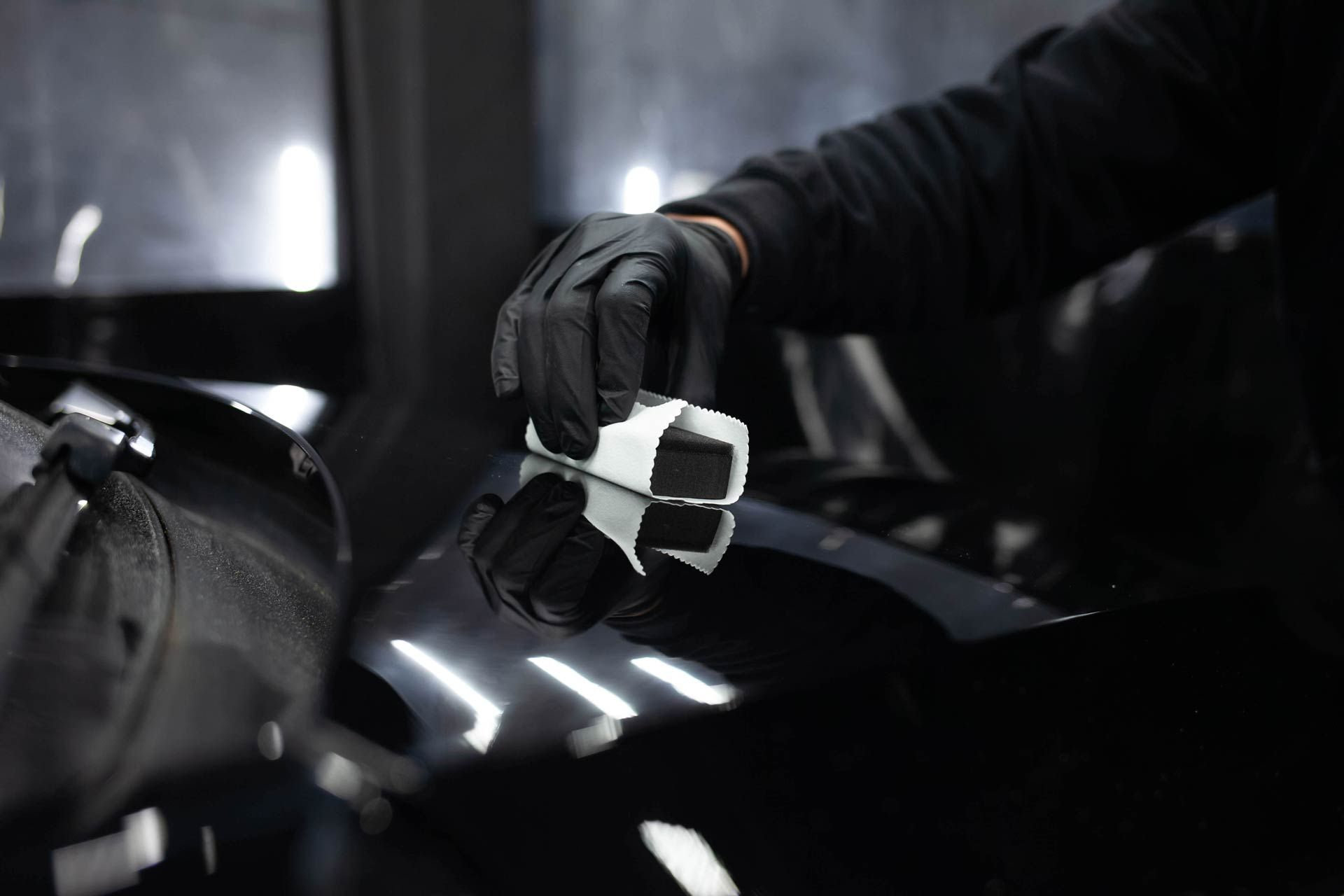
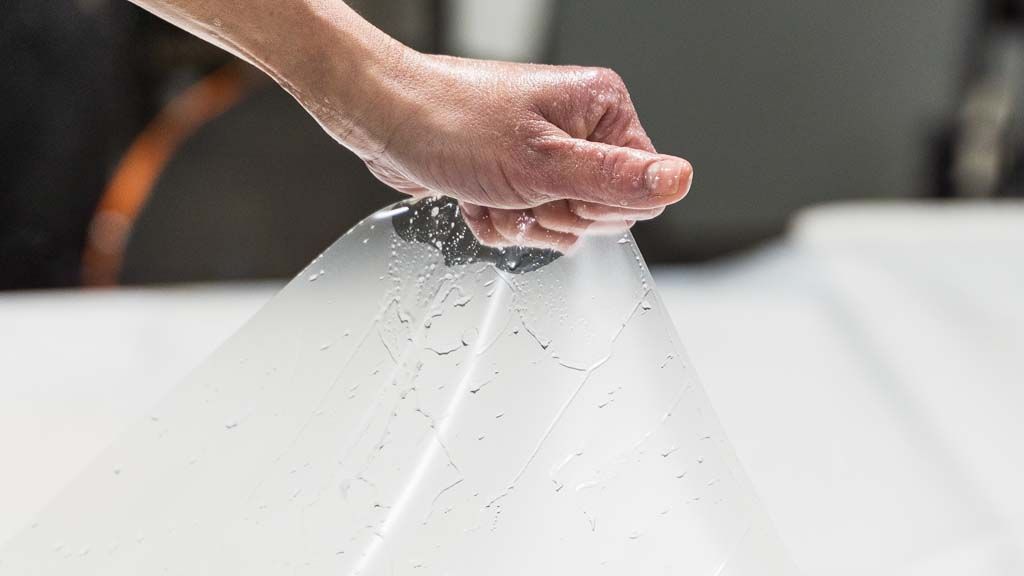

-
PAINT PROTECTION FILM
ButtonThey flex and bend but they do not allow defects, or stains to affect your vehicle’s original paintwork! Here at JL’s Showroom Auto Salon, our SunTek Paint Protection Film products are highly sought, self-healing packages that make up a durable yet highly pristine system of surface security for your pride and joy, resisting scratches, scrapes, and swirls.
-
CERAMIC COATING
ButtonAs a trained ceramic coating installation team located in Melbourne, Florida, we at JL’s Showroom Auto Salon take full responsibility for improving the paint gloss of your ride while keeping its surfaces highly hydrophobic. Preserve the life of what you drive in an immovable way with one of our great ceramic coating packages installed by certified industry professionals!
-
DETAILING
ButtonLooking for a one-stop shop for restoring your ride to its former glory? As Brevard County, Florida’s leading IDA-certified interior and exterior auto detailing shop, we at JL’s Showroom Auto Salon offer exceptional customized car care for affordable prices. Whether it is debris and dirt removal, odor remediation, paint decontamination, or surface stain rectification, JL’s Showroom Auto Salon is here to handle it all!
-
WINDOW TINTING
ButtonStyle enhancements are one part of our Llumar Window Tint Film packages here at JL’s Showroom Auto Salon. However, the remarkable protection and enhancing characteristics they provide your vehicle’s interior speak volumes for their positive impact on any given automobile’s value. Get the best window tinting for what you drive here at our Melbourne area detailing studio!
If We Protect Your Vehicle, Raise Your Hand.
If Not... Raise Your Standards!™
JL’s Showroom Auto Salon began in 2008 as JL’s Showroom Detailing Inc., evolving over the years and quickly becoming Melbourne, FL’s most recognized auto detailing shop. We proudly exemplify the detailing industry’s highest credentials and achievements, ranging from certifications in various ceramic coatings, window tinting, and paint protection film products to being a reliable source for education and training in best detailing practices. Offering additional warranties and a full detailing supply storefront, we know that quality detailing craftsmanship and exceptional customer care is something that will always set JL’s Showroom Auto Salon apart from the rest!
Our Location
Contact Us
Phone: (321) 723-6976
Hours of Operation
Monday - Friday: 8:00 AM - 5:00 PM
Saturday: 8:00 AM - 12:00 PM
Sunday: Closed
Social Media
ADDITIONAL LOCATIONS SERVED
Designed by the team at Detailers Roadmap, a platform developed for detailing operators across the globe.
All Rights Reserved | 8bitcreative, LLC | JL's Showroom Auto Salon

